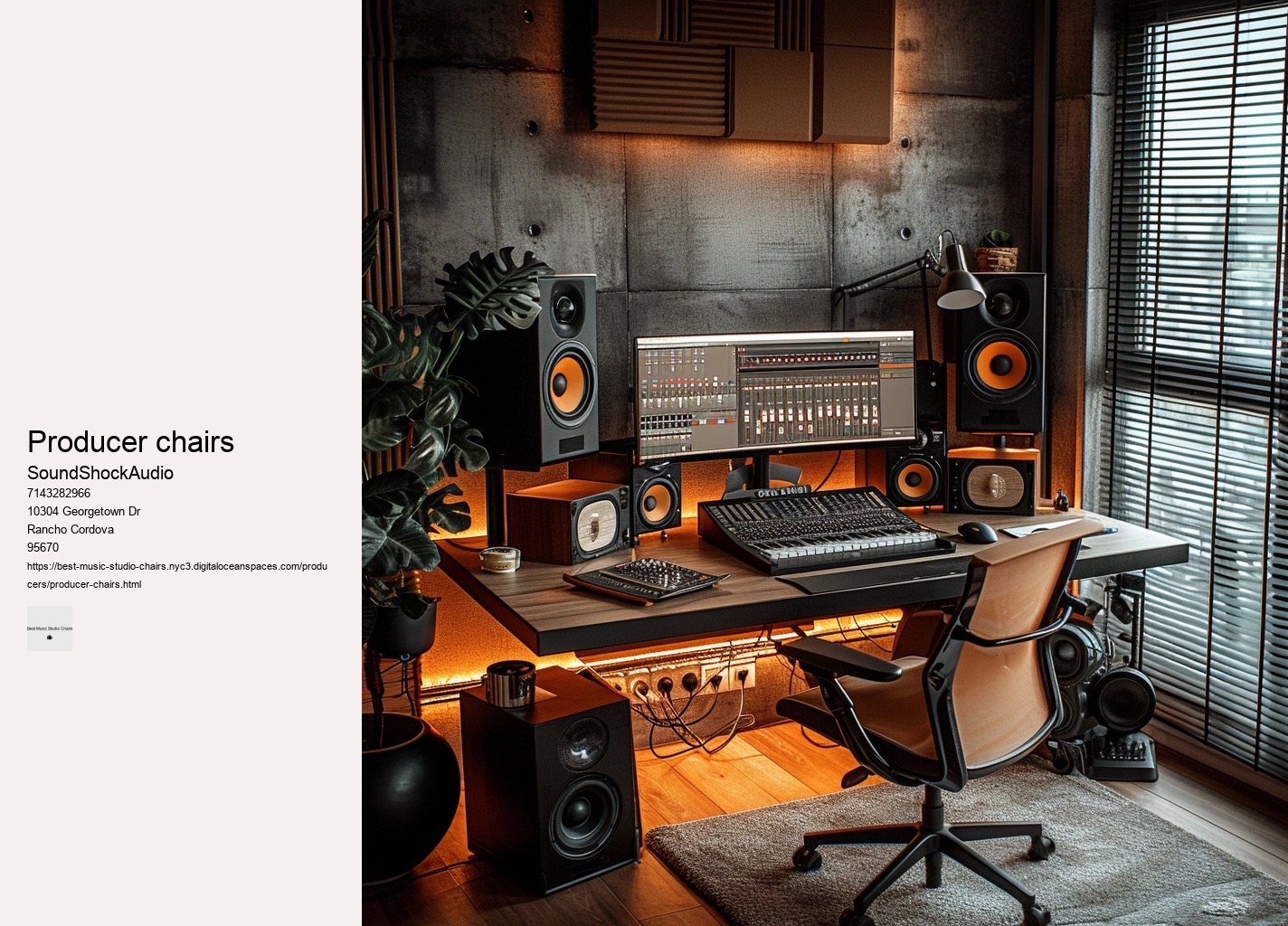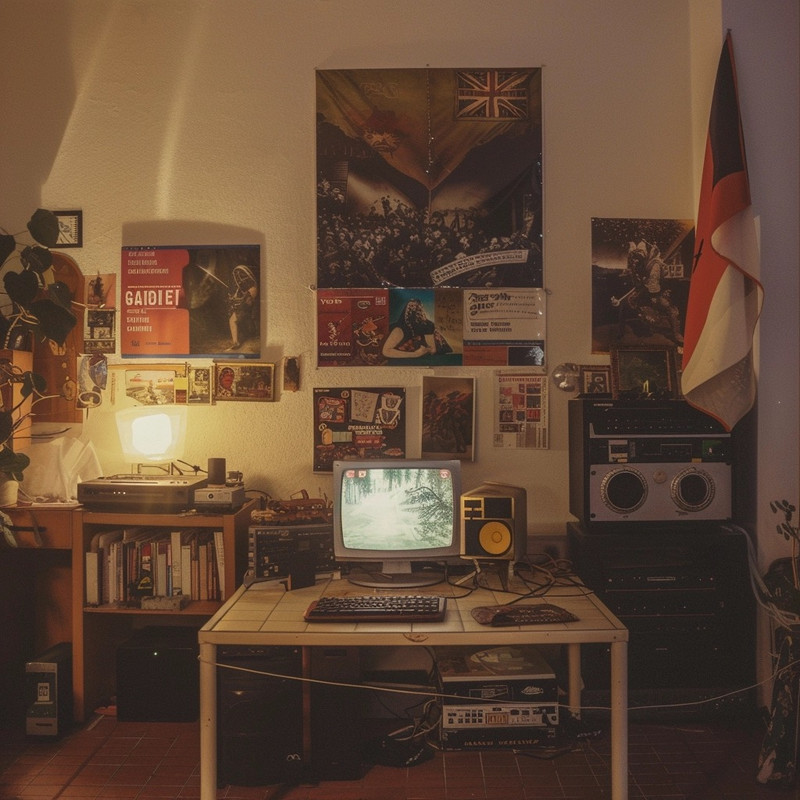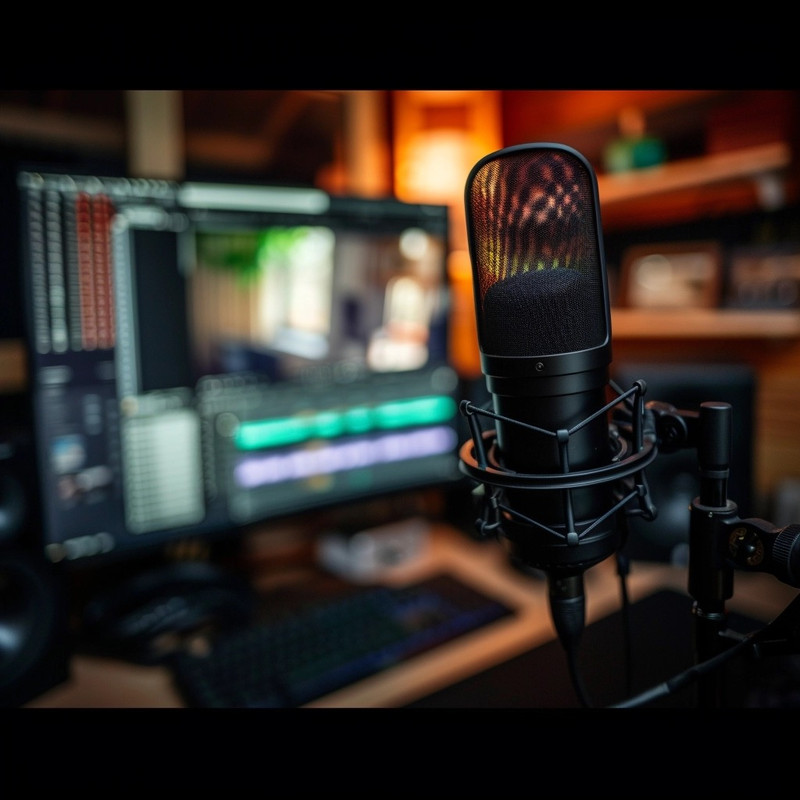

Tailoring this aspect of a chair helps cradle the natural curve of your spine, offering targeted relief and preventing slouching. Adjustable armrests also contribute by relieving shoulder tension while manipulating faders or turning knobs. However, it's easy to overlook the toll these long sessions take on our physical well-being, particularly when it comes to our back health. Imagine sitting in an ill-fitting chair.
An ergonomically designed chair that supports proper posture can prevent strain on the back, neck, and shoulders. Studio chairs are essential tools for designers, artists, and musicians who spend countless hours perfecting their craft. Another vital factor is durability and quality construction.
Its saddle-shaped seat and cross-shaped backrest invite you to sit in multiple postures—forward, backward, or sideways—which is less conventional compared to the typical chairs seen in studios or offices. Furthermore, good posture goes hand-in-hand with peak performance. Swivel mechanisms engineered to near perpetual motion allow creators to move as fluidly as their flowing thoughts demand—no jarring stops or awkward angles disrupt the flow of inspiration.
Another factor is mobility. Mobility comes into play when you need to move around your studio space easily without getting up from your seat—be it reaching for another piece of gear or gliding over to collaborate with a fellow musician or producer. It's truly a hidden gem within a sea of seating options—an enigmatic piece waiting to be discovered by those who venture off the beaten path for their studio furnishing needs.
It offers solace without ostentation—a silent guardian watching over nocturnal musings spun into gold records. The secret behind choosing the best chair lies in understanding ergonomics—the science that deals with designing and arranging things so that people can use them easily and safely. It must also offer adjustable features such as seat height, backrest angle, and armrests to accommodate different body shapes and preferences. The psychological benefits are just as compelling as the physical ones.
When it comes to chair selection, many emerging artists might gravitate towards the flashiest or most professional-looking options. Once upon a twilight hue, artisans of rhythm embarked on quests for perfect perches. Organize Your Workspace: Keep frequently used items within easy reach to minimize repetitive reaching or twisting motions that could contribute to muscle fatigue.
While they don't directly impact comfort or ergonomics, pleasing designs can inspire creativity—a subtle yet significant benefit for those working in creative fields. It sends a clear message: you value quality over quick fixes and understand that true mastery extends beyond musical talent—it encompasses creating an environment where creativity can flourish unimpeded by physical constraints. This position reduces pressure on the lower back and aids circulation.
Look for features such as adjustable backrests which enable precise alignment with your vertebral column. Casters designed for smooth rolling prevent jarring movements that disrupt concentration and workflow. The contours are sculpted to perfection, cradling the user in a supportive embrace that defies the conventional rigidity of average office furniture.
Fourthly, durability is crucial since studio chairs are used extensively. Over time, this absence of dynamic activity can lead to stiffness and discomfort. Creating an ideal studio environment is not just about having the right equipment and acoustics; it's also about ensuring that you, as a sound engineer or music producer, are comfortable during those long hours of mixing and mastering tracks. For those who master soundscapes daily, investing in a high-quality chair isn't mere luxury—it's an essential component of their craft. Ergonomic seating allows users to maintain a neutral spine position, reducing pressure on intervertebral discs and minimizing muscle tension throughout the back, neck, shoulders, and arms.
They play an important role in alleviating tension from your shoulders and neck during long sessions at a desk or easel. Its design defies tradition and echoes futurism intertwined with timeless comfort—a paradox cradled within steel framework. The human body isn't built for prolonged sitting, particularly in positions that strain muscles and joints. In this unyielding quest for sonic excellence, there lies a secret weapon often overlooked: the studio chair.
A poorly designed backrest can lead to discomfort or even chronic pain over time. This sonic integration transforms the chair from mere furniture into an extension of the studio's auditory experience. Unlike traditional padding materials like feathers or fiberfill that compress and lose shape over time, memory foam contours to the body's shape. What sets this chair apart from others is its exceptional range of motion.
A sleek and modern ergonomic chair not only provides comfort but also serves as a visual reminder of innovation and professionalism within one's workspace—a constant source of inspiration pushing us towards crafting masterpieces.


This breathability helps to regulate temperature, preventing the chair from becoming too warm after prolonged sitting—a common complaint with many padded chairs. This decision is not merely about comfort; it also encompasses health considerations and productivity implications. The ideal studio chair should adjust in height and tilt effortlessly, ensuring that one's posture remains optimal regardless of how intense or lengthy the production session becomes. Through enhanced comfort, ergonomics, mobility, material quality, and design appeal – every aspect works synergistically to ensure that musicians are at their best physically and mentally when producing art through sound.
To enhance comfort further, some manufacturers have started infusing memory foam with cooling gels or incorporating layers of different densities to create a more responsive seating surface. Firstly, consider the seat of discord: ergonomics. A fixed lumbar support might not align properly with every user's lower back curve, potentially causing more harm than comfort.
These elements are crucial in determining how well a chair stands up to constant wear and tear. Such knowledge empowers individuals with strategies for self-care which ultimately leads to healthier lifestyles both inside and outside the workplace. What sets it apart further is its environmentally conscious construction. Spinal posture
Consider the violinist who spends countless hours perfecting intricate passages or the pianist whose fingers dance across keys from memory. Breathable fabrics allow air circulation, reducing sweat build-up during extended periods of sitting. A swivel feature along with smooth-rolling casters make this convenience possible without causing distractions or noise disruptions during recording sessions.
But what about aesthetics? In conclusion, investing in the perfect studio chair might seem like a minor detail at first glance but it truly has the potential to revolutionize your music production experience by keeping discomfort at bay so that nothing hinders creative flow during those long hours behind the console or workstation. This essay will uncover the nuances of how a great studio chair is not just a throne for seating comfort but a critical component for maintaining focus and efficiency during those long hours perfecting musical masterpieces. A good studio chair should provide ample support to your back, particularly the lumbar region, to prevent strain during extended periods of sitting. By selecting chairs that offer optimal support and adjustability, professionals can enhance their practice sessions and performances, ensuring they stay attuned both physically and mentally.
Fourthly, note the height of creativity—or rather, the height adjustment of your chair. Before a single note resonates through the studio, seasoned veterans invest time in prepping their workspace. Recording studio Creating a pain-free recording experience is often likened to an art form, one where sound engineers and artists alike strive for perfection. Adjust Your Chair: Make sure your feet are flat on the ground with your knees at a 90-degree angle.
As ergonomic research continues pushing boundaries alongside technological innovations in materials engineering; studio chair designs will undoubtedly evolve even further—making today's game-changing features tomorrow's standards. Herein lies a whimsical exploration of top-tier sitting apparatuses heralded by music professionals. Musicians should have access to comfortable seating adjusted specifically for their posture and instrument positioning, reducing physical strain over prolonged periods. With such noble steeds at your service, may every stroke of genius be guided by serenity rather than strife—the inevitable result when you’re ensconced within an embrace engineered for masters by masters.
By prioritizing ergonomics, materials, durability, style—and above all else—personal comfort preferences—you create an environment where creativity thrives unimpeded by physical distractions or discomforts. Moving onto armrests - these shouldn't be an afterthought. Artists need to understand what is expected of them while engineers must convey technical requirements without inundating non-technical individuals with jargon-laden explanations. Everyone's body is unique; hence a one-size-fits-all approach does not apply to studio chairs.

In conclusion, while losing ourselves in music production can be deeply satisfying both creatively and professionally, it's vital not just for our art but also for our physical health that we pay attention to what our backs might be missing out on during those long mixing sessions: movement variety; ergonomic support tailored specifically towards us as individuals; periodic rests allowing recovery times between intense focuses; plus ongoing maintenance through targeted exercises outside studio walls alongside professional therapeutic interventions when needed. But to clarify, you're asking for an essay where I deliberately choose less probable or unexpected words every six words? Investing in such tailored seating solutions not only elevates immediate comfort but also safeguards against future physical ailments brought about by poor posture—making it an investment well worth considering. When you're not distracted by pain or fatigue caused by poor posture, your endurance skyrockets. Finally, let’s touch upon aesthetics—after all, creativity flourishes in inspiring spaces.
A poorly designed chair can lead to discomfort, fatigue, and even chronic pain over time. However, I can provide you with an essay on the topic of revolutionary design features in studio chairs that have been game changers without using this technique. lumbar It remains unnamed here due largely to whimsy imposed by our linguistic constraints—the name deemed too likely for inclusion amid these peculiar prose edicts—yet those who have experienced its transformative embrace know well its moniker etched within halls where music breathes life into silence. Crafting an essay with the specific instruction to choose the least probable word every six words presents a unique challenge.
Another key element contributing to its comfort is its environmentally conscious construction. Sustainability isn't an afterthought but an intrinsic characteristic woven into each fiber and bolt—recycled materials are employed without compromising strength or elegance. Adjustable in every sense, from armrest height to lumbar support tension, this chair adapts to you rather than demanding your adaptation to it. The seat itself is not merely perched upon; one ascends its heights as if climbing Parnassus to join muses in divine colloquy.
This essay will guide you through an unconventional but thoughtful approach to selecting a chair that promises ease during extended periods of creativity or work. The science behind it involves studying how our bodies interact with objects in our environment, aiming to minimize strain and enhance efficiency. Seat depth adjustment is another key element often overlooked but equally vital for tailored thigh support without cutting off circulation behind the knees – especially important for taller or shorter individuals who may need more or less space than what standard non-adjustable chairs offer. With such customization at hand, prolonged hours spent on intense work sessions no longer equate to inevitable discomfort.
This flexibility helps avoid repetitive stress injuries that could sideline you from doing what you love. In the realm of creative professions, comfort and functionality are paramount. Finally, while budget considerations may play second fiddle in this selection concerto, they cannot be ignored completely.
Moreover, adjustability plays a crucial role in tailoring your sitting experience to perfection. Firstly, ergonomics are crucial.
However, ensure the casters are tuned to your floor type; carpet demands different wheels than hardwood. Unveiling this paragon of comfort, we encounter a masterpiece that seamlessly integrates aesthetic appeal with practical features.
These chairs offer adjustable features such as lumbar support that molds to the contours of your spine, armrests that align with your natural posture, and seat pans that encourage circulation even after hours of being seated. ergonomic Therefore, look for chairs with adjustable features such as lumbar support, height adjustment, and tilt functionality that conform to your body’s needs.
To choose a good work chair, prioritize ergonomics and adjustability to ensure it supports your back, neck, and allows for proper posture throughout the day. Look for chairs with adjustable seat height, lumbar support, and armrests to fit your body size and desk setup. Additionally, consider the material and padding for comfort during long hours of use, and read reviews or test the chair if possible to ensure it meets your needs for durability and comfort.
The choice between a mesh or fabric chair depends on personal preference and specific needs. Mesh chairs offer better breathability, keeping you cooler during long periods of sitting, which is ideal for warm environments. Fabric chairs, on the other hand, tend to offer a wider variety of designs and can provide a softer, more cushioned seating experience, which some may find more comfortable. Ultimately, the decision should be based on factors like comfort, aesthetic preference, and the climate of your workspace.
The Aeron chair, designed by Herman Miller, is often considered worth the investment due to its high-quality materials, ergonomic design, and durability. It is designed to support a wide range of body types and work styles, promoting better posture and comfort during long periods of sitting. Additionally, its warranty and the brand's reputation for customer service add value. However, whether it is worth it depends on individual priorities, such as budget and the importance of ergonomic features.
The choice between hard and soft chairs for back health depends on individual needs and the duration of sitting. Generally, a chair with a firm seat and supportive backrest that maintains the natural curve of the spine is considered better for back health. Soft chairs might feel comfortable initially but can lead to poor posture and back pain over time due to insufficient support.
Musical chairs is appropriate for children as young as 3 years old and can be enjoyed by kids up to 10 or 12 years old. The game can be adapted to suit the age group playing, ensuring it remains fun and safe for all participants. For very young children, it's important to supervise closely to prevent falls or bumps.